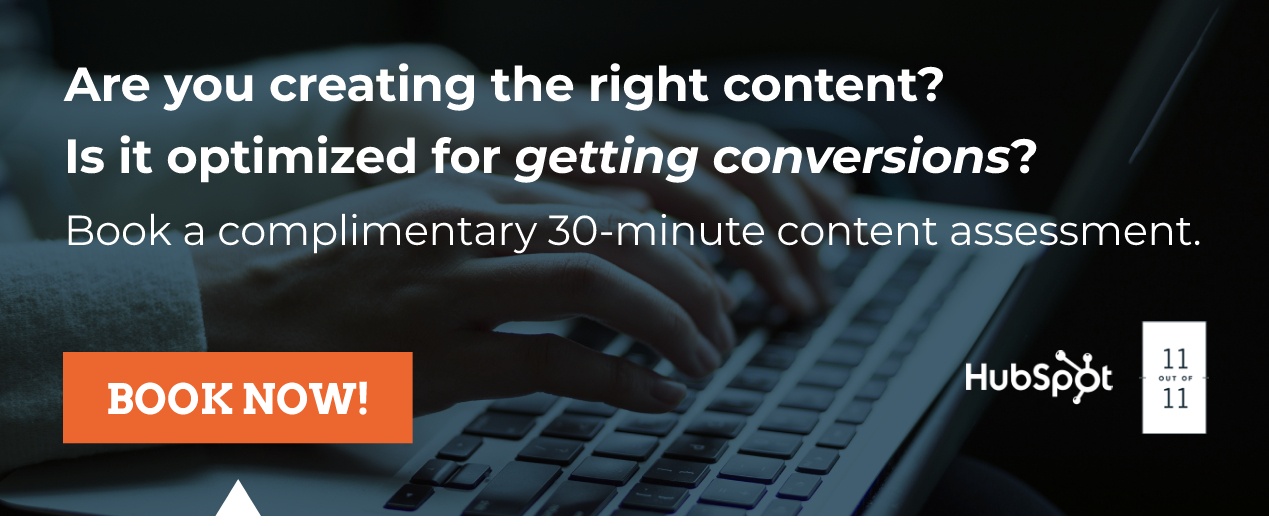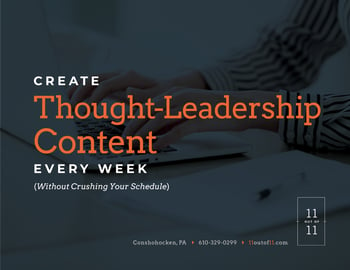According to recent HubSpot research, 78% of marketers agree that segmenting your subscriber list is the most effective email marketing strategy. It works even better than message personalization (72%) and email automation campaigns (71%).
As an email marketing best practice, segmentation is likely an elemental step of your email strategy. Once you collect informative data about your audience, you set your subscriber segments based on what you find that’s similar among them. Email segmentation then works with message personalization to help you get better results. After you group your subscriber list into like-minded audiences, you can create better email campaigns for them that target their interests and inspire them to action.
Advantages of Email Segmentation
- Mitigates the need to use only one content message for one audience.
- Delivers personalized experiences to different audience members when using email automation.
- Activates better performance of your email campaigns with increased open rates, clicks, and conversions and fewer unsubscribes.
- Improves sender reputation for high-quality content and engagement rates, which increases email deliverability and keeps your emails from ending up as spam.
- Allows you to target your promotions based on different audience interests, behaviors, and other criteria.
- Helps each of your customers through the buyer’s journey with a better customer experience.
- Heightens your return on investment (ROI) because you can effectively target your audience, motivate them to click on an offer, and take action.
5 Ways To Leverage Segmentation and Get Better Results
- Let the research be your guide.
Still not sure if you should invest in email marketing segmentation? Take stock of the proof.
- According to a recent Lyris Email Optimizer Report:
- 39% of marketers who segmented their email lists experienced higher open rates.
- 28% experienced lower unsubscribe rates.
- 24% experienced better deliverability and greater revenue.
- According to HubSpot Blog Research:
- The most effective email subject lines engage curiosity, include promotional offers, and are personalized to each recipient's interests.
- According to SaleCycle:
- 50% of people buy from marketing emails at least once per month.
- 59% of respondents say that marketing emails have influenced their purchases.
- According to GetResponse:
- The single message autoresponder email had an astonishing 98% open rate and a 37% click-through rate.
- More than 8 out of 10 people will open a welcome email, generating 4x as many opens and 10x as many clicks as other email types.
- According to Litmus:
- 60% of retail, e-commerce, and consumer goods and services companies are personalizing emails based on past purchases.
When you segment an email audience, you’ll usually focus on demographics, preferences, and buying behavior, but you can get much more detailed. Here are just a few options:
- How someone first interacts with you
- Email engagement
- Geographic area
- Past purchases
- Amount spent
- Purchase history
- Time since last purchase
- Abandoned shopping carts
- Where they are in your sales funnel
- Website behavior
- Personal interests
- Job roles
- Survey results
The list goes on and on. That’s why list segmentation is a must-have service for your marketing CRM.
3. Flesh out your different audiences.Even if you sell just one product or service, you likely cater to several types of customers, each with different issues they want to solve. One of the ways to identify different customer types is to create audience personas. A persona is a representation of each kind of customer you want to engage with your emails. This can help make subscriber segmentation much easier, so it makes sense.
4. Realize the different levels of interaction with your business.Because each of your email contacts is at a different point in their buyer’s journey, each will need different information and levels of communication from your business to address their needs. This is also one of the differentiation points of subscriber segmentation – and a reason to create a personalized experience through your email content.
5. Use your brand voice when creating content to engage each of your email segments.From the moment they start reading your emails, your audience should be able to see themselves, according to marketing expert Neil Patel. That’s why it’s important to be able to express what your audiences are looking for in your own words: so they can relate.
11outof11 Knows Email Marketing
When you’re ready to use email marketing segmentation to boost your results, connect with 11outof11. Request a complimentary call with an 11outof11 expert. Contact us to learn more.







.png)






